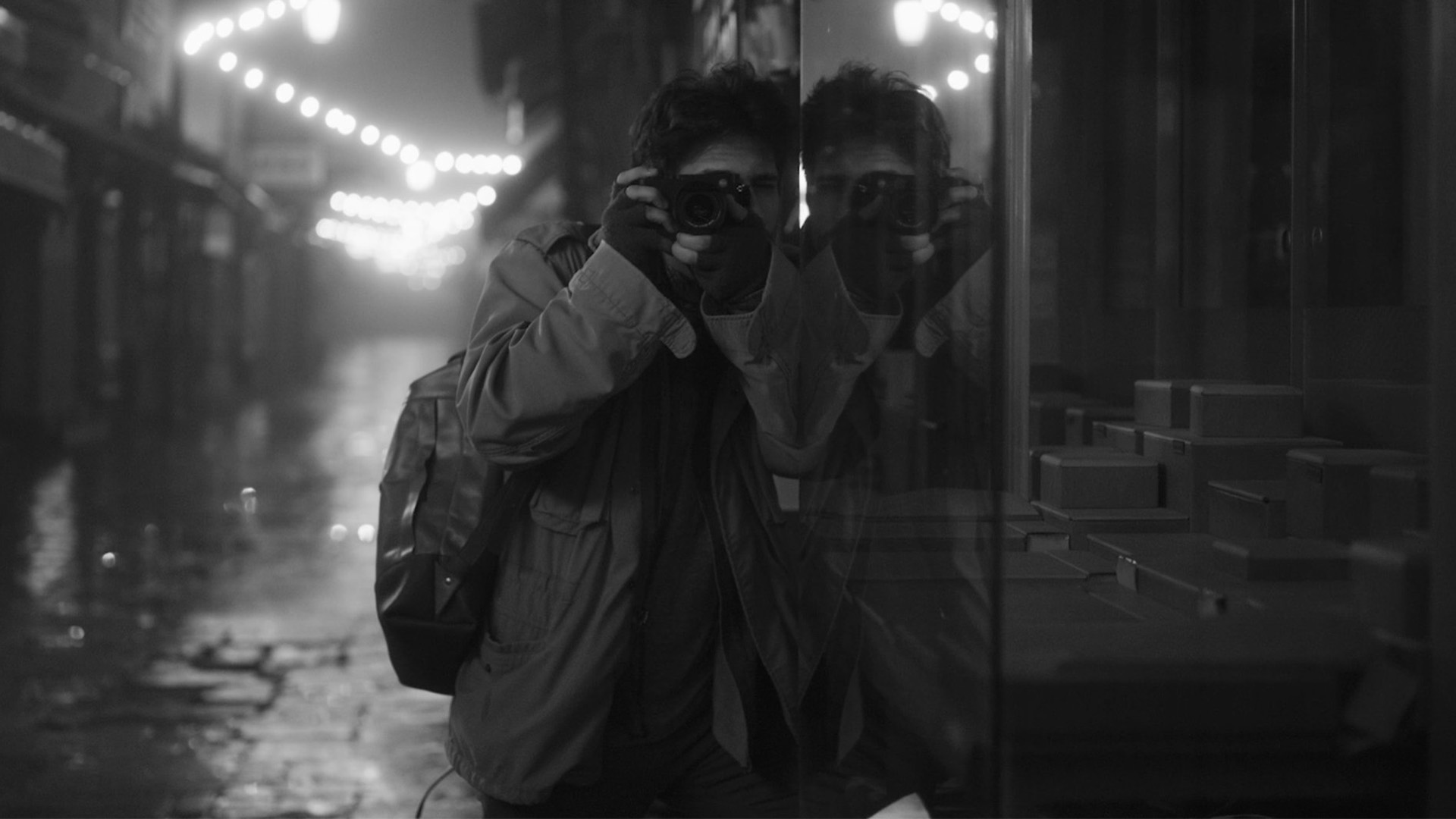
Aleksandra Kardalevska: Navigating Loss and Memory in Film
What are the most formidable challenges inherent to the profession of filmmaking?
Could you elaborate on the wellspring of your creative inspiration for this particular short film?
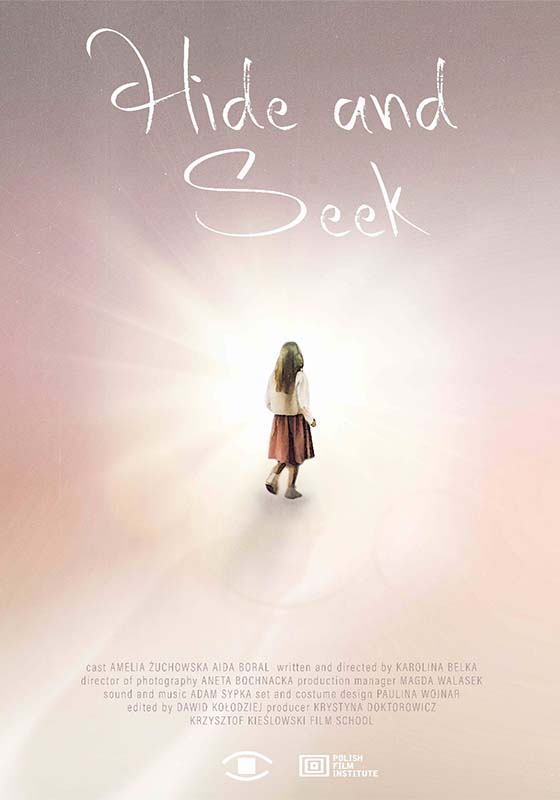
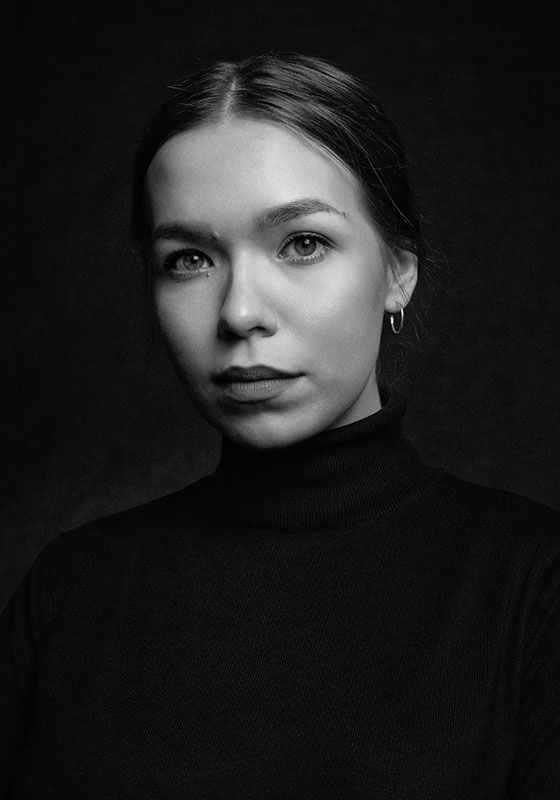
Could you elucidate on the central thematic underpinning of your film?
How do you navigate the task of strategizing cost-effective promotional efforts when operating within a constrained budget?
In today's dynamic marketplace, how pivotal do you consider the role of film distribution?
For individuals contemplating the path of self-distribution, what counsel or insights can you offer?
In your estimation, what level of significance do short films hold for aspiring filmmakers seeking to embark on a career in directing?
Reflecting on your professional journey thus far, could you share an instance of the most formidable challenge you encountered and how you surmounted it?
What, in your view, are the critical factors that contribute to the creation of a cinematic masterpiece?
If you could revisit the inception of your career, are there any aspects or decisions you would choose to alter in hindsight?
kaaffilm
KAAFFILM is an international network of distribution, production, and promotion of short films. #Kaaffilm

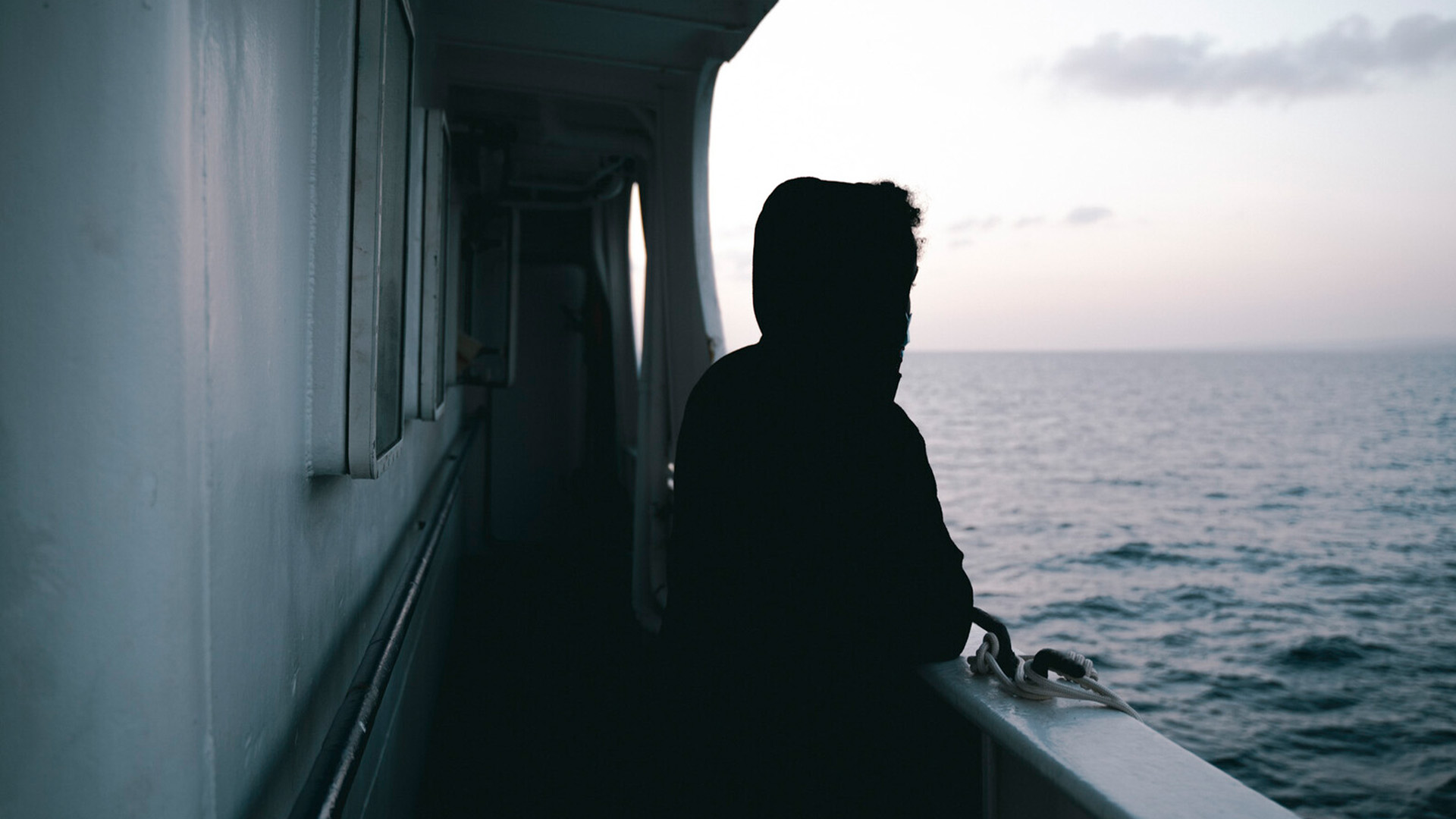
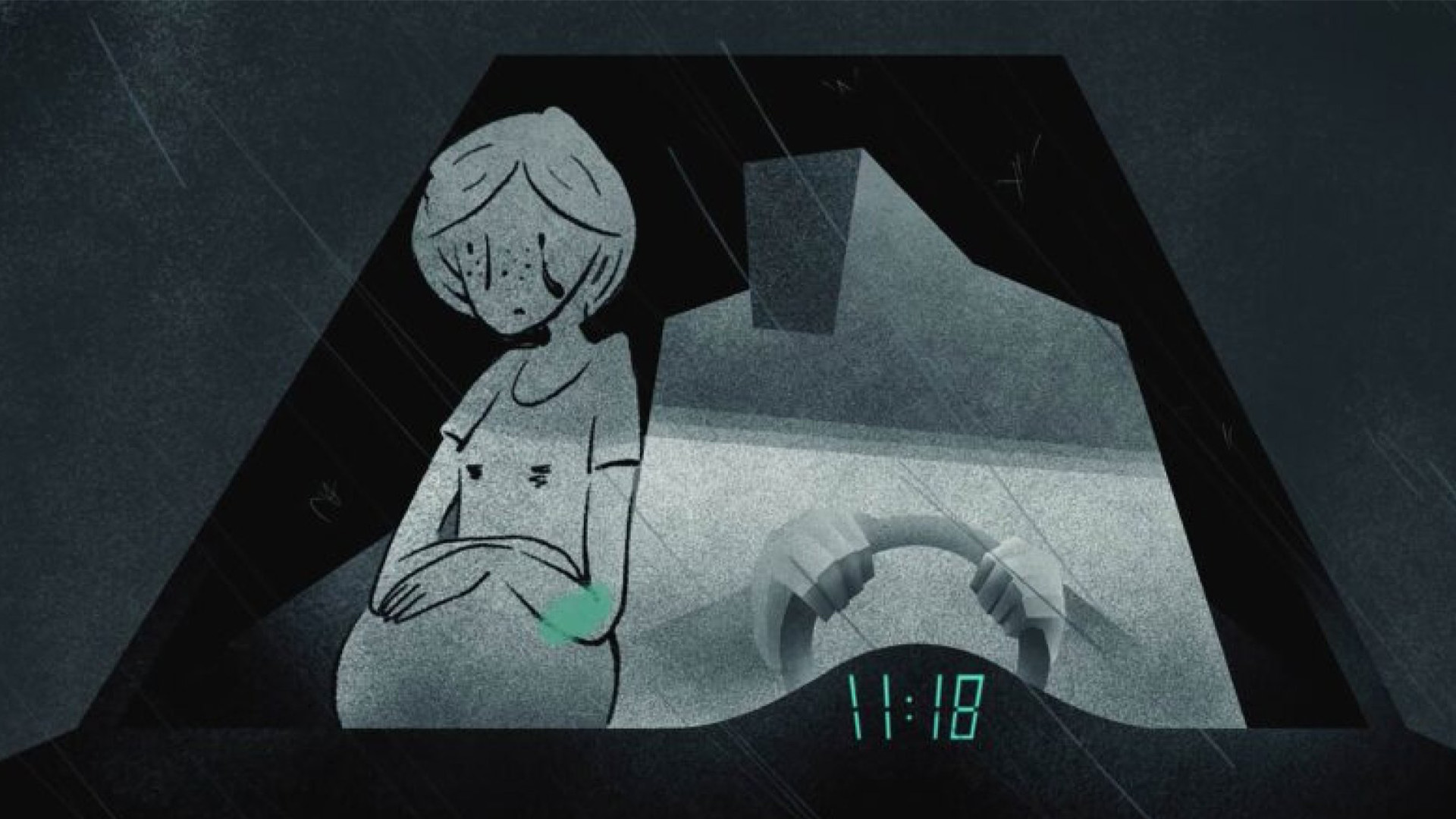
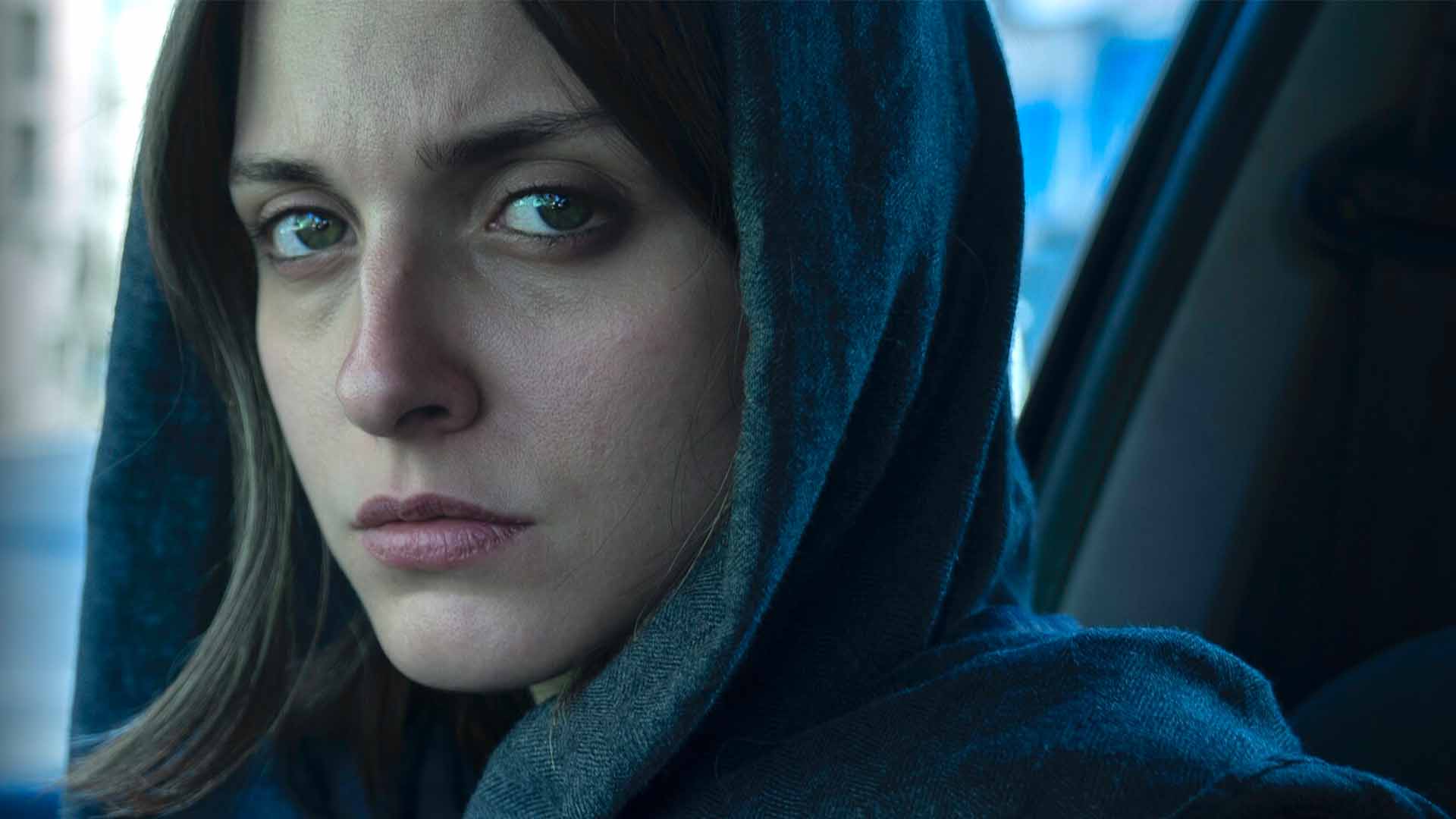

Leave a comment